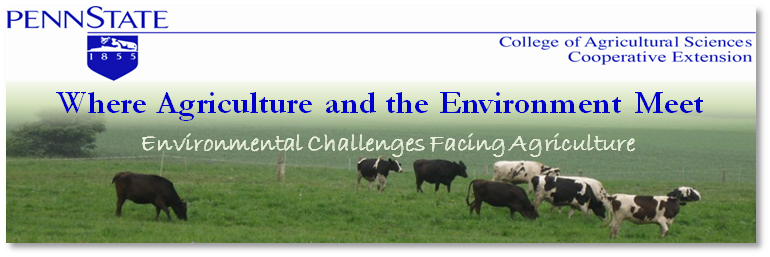
I went to a listening session on the Chesapeake Bay TMDL yesterday and things are getting a little clearer.
The current state of things is:
- Pennsylvania contributes 41% of N and 24% of P to the bay.
- Agriculture in Pennsylvania contributes 52% of the N and 50% of the P.
- The bay can handle 200 million lbs of N per year and 15 million lbs of P per year.
- The target loads for PA are 73.6 million lbs of N and 3.16 million lbs of P.
- The current loads as of 2008 are 118 million lbs of N and 4 million lbs of P.
How is the TMDL going to work? They are dividing the Chesapeake Bay into 92 segments (only two segments in Pennsylvania) based on watersheds. Total allowable loads of N and P will be rationed out to the states and then the states will decide how to rations those loads out even further to non-point and point source pollutors. The division of nutrient loading amongest the states is that the worst waterways are expected to do the most. From the view here in Lancaster County, we will be expected to do a lot! However, the good news is that we will get credit for all the good practices we have already implemented.
Cleaning up the Chesapeake Bay is going to be, and has been, a huge undertaking, but if we can get all 17 million people who live is the watershed to do there own small part it will be a lot easier.
If you are interested in learning more about the Chesapeake Bay TMDL check out the EPA website epa.gov/chesapeakebayTMDL


